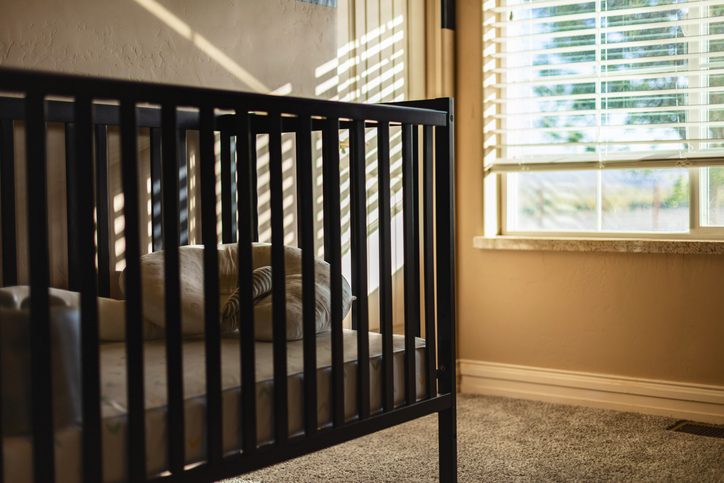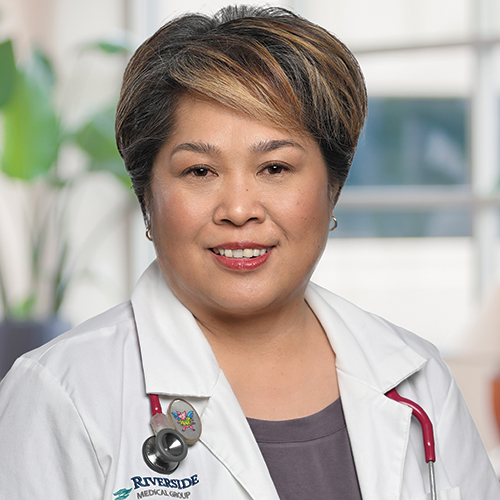Understanding and Preventing Sudden Infant Death Syndrome
April 10, 2025Sudden infant death syndrome (SIDS) is a heartbreaking problem that takes the lives of seemingly healthy babies, usually during sleep. It happens most often to young babies.
The cause of SIDS is not known. Research suggests it might be caused by problems in the part of the brain that controls breathing. While mysteries about this condition remain, experts have identified some risks and ways to reduce them. 
“SIDS is a deeply concerning condition, but by understanding the risks and taking preventive steps, we can significantly reduce its occurrence,” says Rosvida San Gabriel, MD, a pediatrician at Riverside Healthcare. “Educating parents about safe sleep practices is key.”
Risk factors for SIDS
Premature birth, multiple births and low birth weight can increase the likelihood of SIDS. Other factors that can raise the risk are:
-
Stomach sleeping. Babies who sleep on their stomachs or sides are at a higher risk of SIDS.
-
Soft bedding. Fluffy blankets, pillows and stuffed toys can interfere with a baby’s breathing.
-
Sleeping on an incline or with the baby’s head elevated poses a risk.
-
Bed-sharing causes a greater chance of the baby being accidentally smothered.
-
Overheating. If your baby is sweating or their skin is flushed, it could be a sign of heat distress, which is linked to a higher risk.
Reducing the risk of SIDS
Fortunately, there are steps you can take to create a safer sleep environment for your baby.
-
Always place your baby on their back to sleep. This is the most effective way to reduce the risk of SIDS.
-
Breastfeed. It can cut a baby’s risk of SIDS by half.
-
Share a room, not a bed. It’s safest for your baby to sleep in the same room as you at least for the first six months. Put them down on a separate sleep surface, like a crib or bassinet.
-
Keep a comfortable temperature. Dress your baby in light sleepwear and avoid heavy blankets. Keep the baby’s head uncovered.
-
Offer a pacifier. Using a pacifier during naps and bedtime can help reduce the risk of SIDS.
-
Maintain a smoke- and vape-free home. Keep your baby’s air clean and fresh.
“The best thing parents can do is focus on creating a safe sleep environment,” Dr. San Gabriel says. “That means keeping it simple— no blankets, toys or bumpers in the crib, just a firm mattress with a fitted sheet and your baby placed on their back.”
SIDS is devastating. By knowing the risk factors and following a few simple guidelines, you can help protect your baby and create a safer sleep environment.
Make an appointment
If you have questions about SIDS, contact your pediatrician. Find the right Riverside pediatrician for your family at myrhc.net/acceptingnew.




